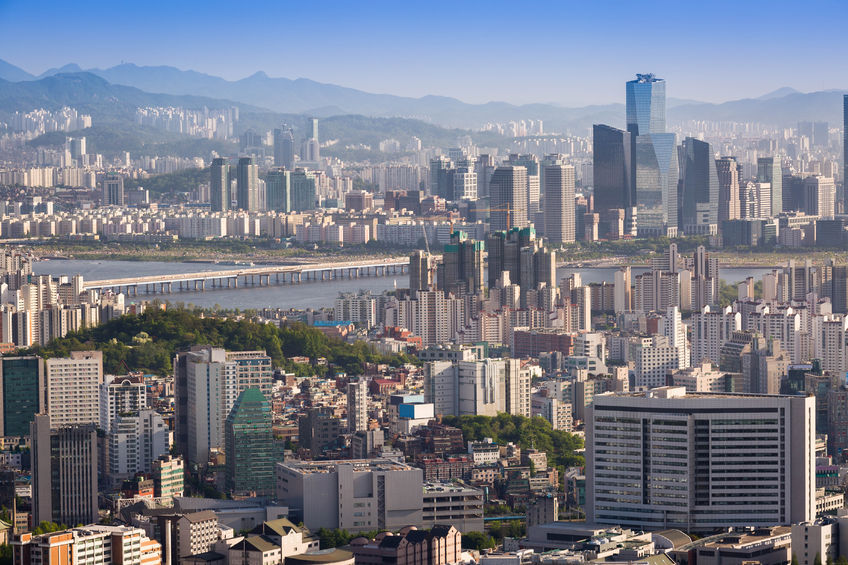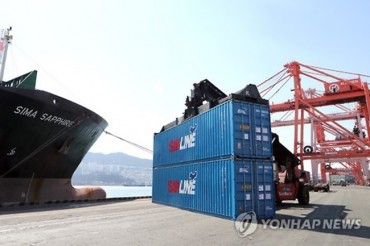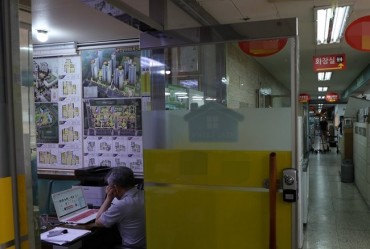
For next year, the Organization for Economic Cooperation and Development (OECD) revised the growth forecast to 3.0 percent from 2.8 percent set six months earlier. (Image: Kobiz Media)
SEJONG, Nov. 28 (Korea Bizwire) – South Korea’s economy is expected to grow at a brisk 3.2 percent this year, faster than the earlier estimate of 2.6 percent, on the back of improving exports and corporate investment, a Paris-based international organization forecast Tuesday.
For next year, the Organization for Economic Cooperation and Development (OECD) revised the growth forecast to 3.0 percent from 2.8 percent set six months earlier.
“Construction investment, the key driver of growth since 2015, is slowing but exports have picked up. The semiconductor industry has led Korea’s export recovery and accounted for three-quarters of business investment during the first eight months of 2017,” the OECD said in a biannual report.
The organization said fiscal support and buoyant international trade in Asia are projected to sustain growth through 2019. The planned increase in public employment and social spending, while achieving the target of raising the minimum wage by 54 percent over the 2017-20 period, is expected to boost household income and consumption, offsetting the continued deceleration in residential investment.
“A broad-based export recovery that extends beyond key industries, notably semiconductors, and positive results from the government’s measures to promote innovation would lead to faster output growth,” it added.
The South Korean government and the central bank both had a growth forecast of 3.0 percent for 2017, with the International Monetary Fund (IMF) also expecting 3-percent growth.
The OECD, however, said capacity utilization in manufacturing is low by historical standards, while wage and employment growth remain sluggish.
The increase in inflation from 1 percent in 2016 to 2 percent, driven by food and energy prices, has curtailed real income gains and private consumption, despite a rebound in consumer sentiment following the election of a new president in May.
The continuing rise in household debt also remains a headwind to private consumption, which has lagged behind output growth every year since 2006.
“Continued geo-political tension related to North Korea could weaken business and household confidence, with adverse implications for business investment and private consumption. The numerous housing-related measures could turn the slowdown in housing investment into an outright decline,” it said.
The OECD also said the government’s strategy of “income-led growth.” driven by public employment, a sharp rise in the minimum wage and increased social spending, needs to be supported by reforms to raise productivity.
Fiscal policy, which is increasingly focused on income redistribution, also needs to place greater emphasis on productivity.
“Household debt is high, at nearly 160 percent of household disposable income, and rising. Measures to put household debt on a downward trend are a priority to promote inclusive growth, in part by addressing the high debt burdens of older persons, the self-employed and low-income workers,” it noted.
(Yonhap)






